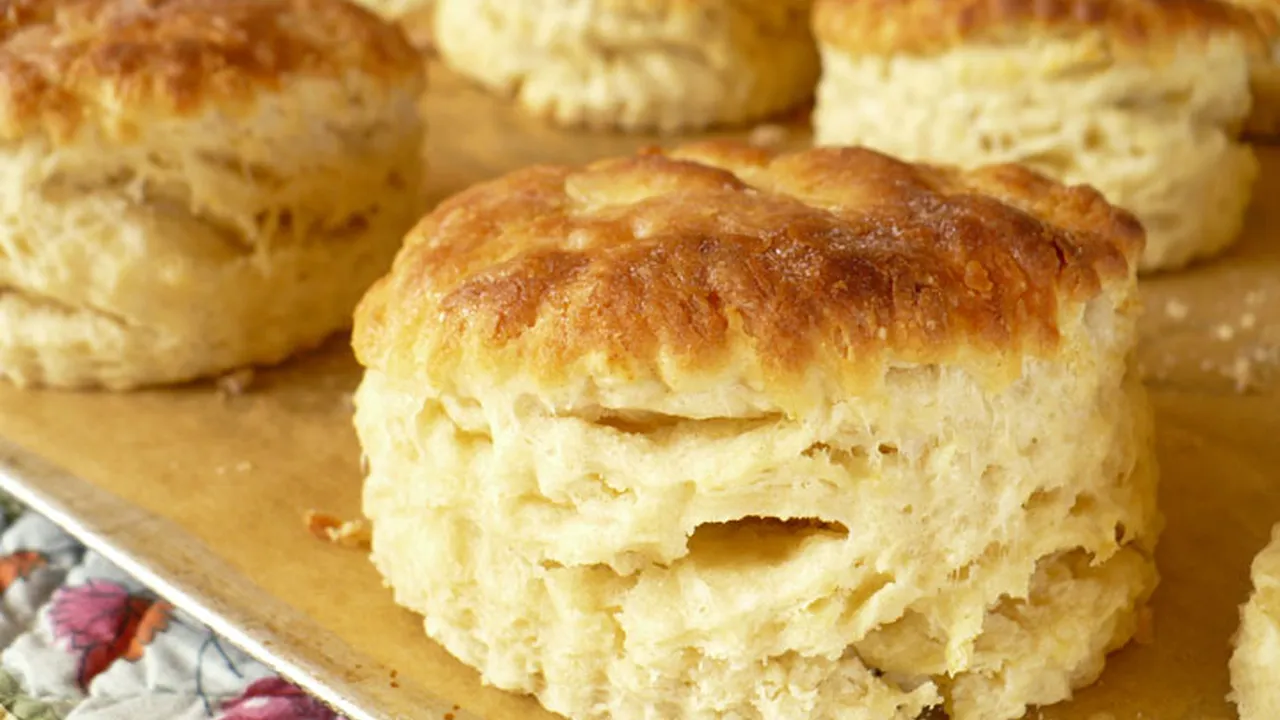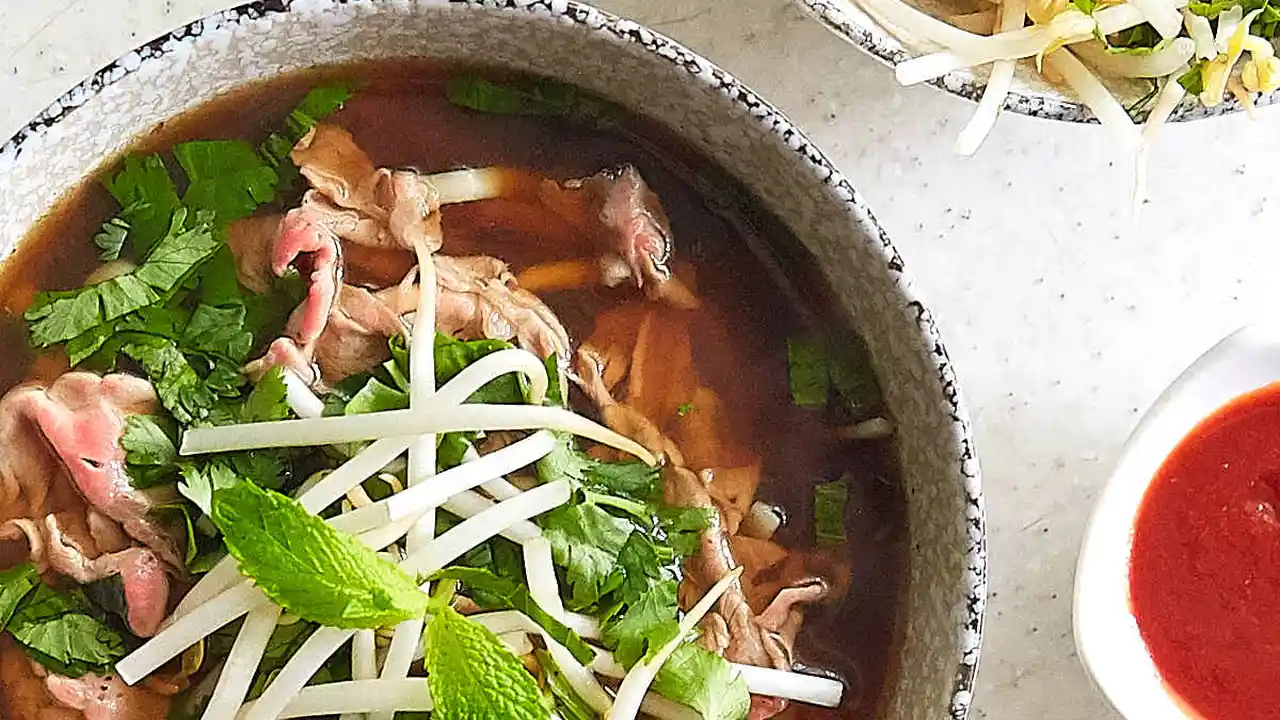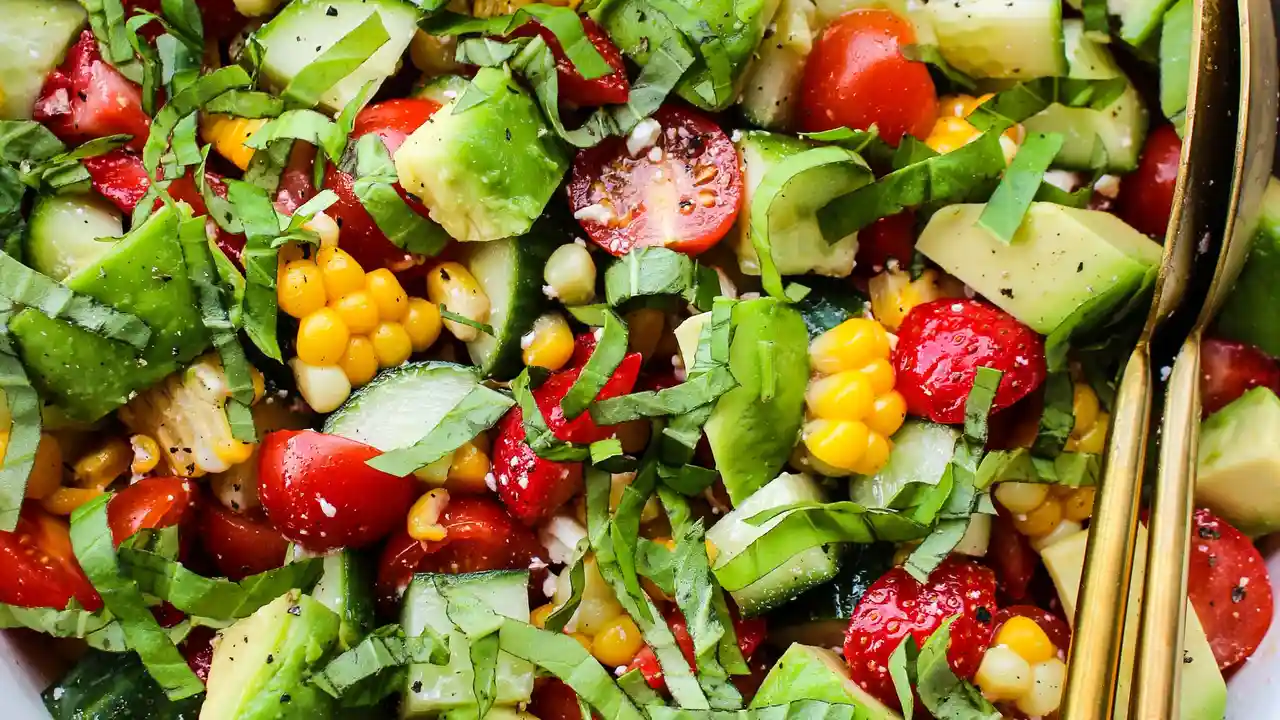5 Best Biscuit Recipes Flaky and Buttery
Meatloaf is a classic American dish that's perfect for a family meal. These 5 recipes offer a variety of flavors and textures. Enjoy a hearty and satisfying meatloaf that everyone will love.

Discovering the Magic of Meatloaf Classic American Comfort Food
Meatloaf. Just the word conjures up images of cozy family dinners, the aroma of savory herbs filling the kitchen, and a sense of pure, unadulterated comfort. It's a dish that's been passed down through generations, each family adding their own special twist to create a unique and cherished recipe. But what makes meatloaf so enduringly popular? Is it the simplicity of the ingredients, the versatility of the flavors, or the sheer satisfaction of a hearty, homemade meal? The answer, of course, is all of the above.
This isn't just another recipe roundup. We're diving deep into the world of meatloaf, exploring its history, uncovering the secrets to the perfect texture, and sharing tips and tricks to elevate your meatloaf game. Whether you're a seasoned meatloaf pro or a complete beginner, this guide will provide you with everything you need to create a meatloaf masterpiece that your family will rave about.
Meatloaf Ingredients Choosing the Best Ground Meat and Binders
The foundation of any great meatloaf is, naturally, the meat. But not all ground meat is created equal. The best meatloaf starts with a blend of different types of ground meat, each contributing its own unique flavor and texture. A classic combination is ground beef, ground pork, and ground veal. The beef provides a rich, savory flavor, the pork adds moisture and tenderness, and the veal contributes a delicate sweetness. However, if veal isn't readily available or you prefer to keep things simple, you can easily substitute it with more ground beef or pork.
Aim for a ground meat mixture with a fat content of around 80/20. This means that 80% of the mixture is lean meat, and 20% is fat. The fat is crucial for keeping the meatloaf moist and preventing it from drying out during baking. Leaner ground meat can be used, but you may need to add extra moisture, such as beef broth or tomato sauce, to compensate.
Beyond the meat, binders are essential for holding the meatloaf together and preventing it from crumbling. Common binders include breadcrumbs, eggs, and milk. Breadcrumbs absorb excess moisture and provide structure, eggs act as a glue to bind the ingredients together, and milk adds moisture and helps to create a tender texture. You can use fresh breadcrumbs, dried breadcrumbs, or even crushed crackers as a binder. For a gluten-free option, try using gluten-free breadcrumbs or ground oats.
Meatloaf Flavor Enhancers Vegetables Herbs and Spices
While the meat and binders provide the foundation, it's the flavor enhancers that truly make a meatloaf sing. Vegetables, herbs, and spices add depth, complexity, and a burst of flavor that transforms a simple dish into something truly special.
Onions and garlic are essential for adding a savory base note. Sauté them lightly before adding them to the meatloaf mixture to soften their texture and release their flavor. Other vegetables, such as carrots, celery, and bell peppers, can also be added for extra texture and nutrients. Finely chop or grate these vegetables to ensure they cook evenly and don't overpower the meatloaf.
Fresh herbs, such as parsley, thyme, and oregano, add a bright and aromatic touch. Dried herbs can also be used, but be sure to use less, as they are more concentrated in flavor. Spices, such as paprika, chili powder, and cumin, can add warmth and complexity. Don't be afraid to experiment with different combinations to find your favorite flavor profile.
A classic meatloaf glaze is a must for adding a touch of sweetness and tang. Ketchup is a popular choice, but you can also use tomato sauce, barbecue sauce, or even a mixture of brown sugar and vinegar. Brush the glaze over the meatloaf during the last 15-20 minutes of baking to create a glossy and flavorful crust.
Meatloaf Baking Techniques Oven Temperatures and Cooking Times
Baking the perfect meatloaf requires attention to detail. The oven temperature and cooking time are crucial for ensuring that the meatloaf is cooked through without drying out. A general rule of thumb is to bake meatloaf at 350°F (175°C) for about 1 hour to 1 hour and 15 minutes, or until the internal temperature reaches 160°F (71°C). Use a meat thermometer to ensure accurate cooking.
To prevent the meatloaf from drying out, you can bake it in a loaf pan or on a baking sheet lined with parchment paper. If using a loaf pan, be sure to drain off any excess grease during baking. If baking on a baking sheet, you can create a makeshift roasting rack by placing the meatloaf on top of a bed of chopped vegetables, such as onions, carrots, and celery. This will elevate the meatloaf and allow for even cooking.
Let the meatloaf rest for at least 10 minutes before slicing and serving. This will allow the juices to redistribute, resulting in a more tender and flavorful meatloaf.
Meatloaf Recipe Variations Exploring Different Flavors
The beauty of meatloaf is its versatility. Once you've mastered the basic recipe, you can easily experiment with different flavors and ingredients to create your own signature meatloaf. Here are a few ideas to get you started:
- Italian Meatloaf: Add Italian seasoning, Parmesan cheese, and sun-dried tomatoes to the meatloaf mixture. Top with marinara sauce and mozzarella cheese during the last 15 minutes of baking.
- Mexican Meatloaf: Add chili powder, cumin, and diced jalapeños to the meatloaf mixture. Top with salsa and shredded cheddar cheese during the last 15 minutes of baking.
- Greek Meatloaf: Add feta cheese, Kalamata olives, and oregano to the meatloaf mixture. Top with a lemon-herb sauce after baking.
- Mushroom Meatloaf: Sauté sliced mushrooms and onions and add them to the meatloaf mixture. Top with a mushroom gravy after baking.
Meatloaf Serving Suggestions Side Dishes and Sauces
Meatloaf is a versatile dish that pairs well with a variety of side dishes and sauces. Classic side dishes include mashed potatoes, roasted vegetables, green beans, and mac and cheese. For a lighter meal, try serving meatloaf with a side salad or steamed vegetables.
As for sauces, ketchup is a classic choice, but you can also try gravy, barbecue sauce, or even a simple pan sauce made with the drippings from the meatloaf.
Meatloaf Product Recommendations Meat Thermometers Loaf Pans and More
To ensure meatloaf success, having the right tools is essential. Here are a few product recommendations to help you create the perfect meatloaf every time:
- Meat Thermometer: The ThermoWorks Thermapen ONE is a fast and accurate meat thermometer that's perfect for ensuring your meatloaf is cooked to the correct internal temperature. It retails for around $100. A simpler, more affordable option is the Taylor Precision Products Digital Cooking Thermometer, costing around $15.
- Loaf Pan: A good quality loaf pan is essential for baking meatloaf. The Williams Sonoma Goldtouch Nonstick Loaf Pan is a durable and nonstick option that will ensure your meatloaf releases easily. It costs around $30. Another good option is the USA Pan Bakeware Aluminized Steel Loaf Pan, which is also very affordable.
- Mixing Bowls: A set of sturdy mixing bowls is essential for preparing the meatloaf mixture. The Crate & Barrel Nesting Mixing Bowls Set of 3 is a stylish and functional option. The set sells for around $50. A more economical choice is the Pyrex Smart Essentials Mixing Bowl Set.
- Cutting Board: A good cutting board is essential for chopping vegetables and preparing the meatloaf mixture. The The Boardsmith Cutting Boards are durable and beautiful. For an affordable alternative, try the Epicurean Gourmet Series Cutting Board.
Meatloaf Storage and Reheating Tips Keeping it Fresh
Leftover meatloaf can be stored in the refrigerator for up to 3-4 days. To prevent it from drying out, wrap it tightly in plastic wrap or store it in an airtight container.
To reheat meatloaf, you can microwave it, bake it in the oven, or pan-fry it. Microwaving is the quickest option, but it can sometimes make the meatloaf dry. Baking it in the oven is a better option for preserving moisture. Preheat the oven to 350°F (175°C) and bake the meatloaf for about 15-20 minutes, or until heated through. Pan-frying is a good option for creating a crispy crust. Slice the meatloaf and pan-fry it in a little bit of oil over medium heat until heated through and browned on both sides.
Meatloaf Making it Ahead Meal Prep and Planning
Meatloaf is a great make-ahead meal. You can prepare the meatloaf mixture ahead of time and store it in the refrigerator for up to 24 hours. When you're ready to bake it, simply preheat the oven and bake as directed.
You can also bake the meatloaf ahead of time and reheat it when you're ready to serve it. This is a great option for busy weeknights. Simply bake the meatloaf as directed, let it cool completely, and store it in the refrigerator. When you're ready to serve it, reheat it in the oven or microwave.
:max_bytes(150000):strip_icc()/277019-baked-pork-chops-with-cream-of-mushroom-soup-DDMFS-beauty-4x3-BG-7505-5762b731cf30447d9cbbbbbf387beafa.jpg)






